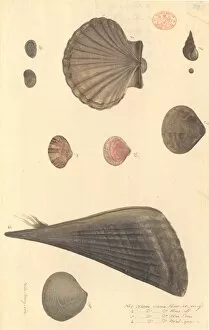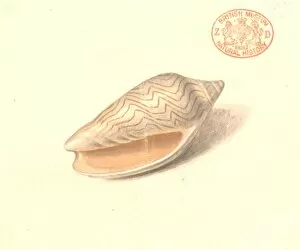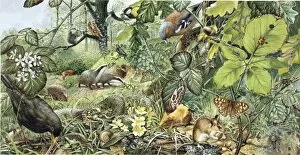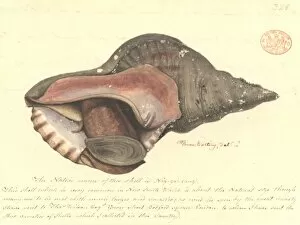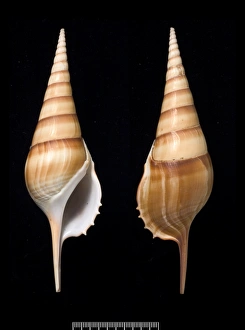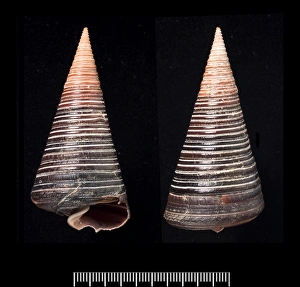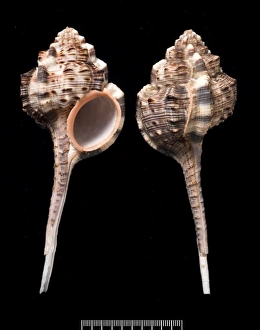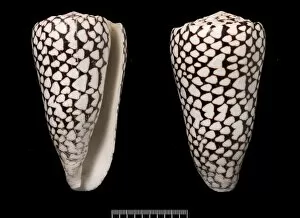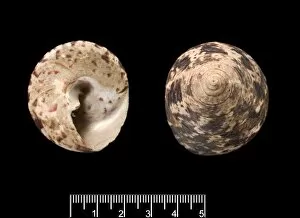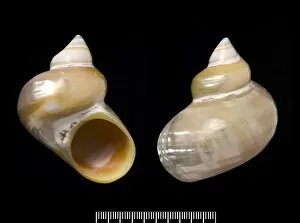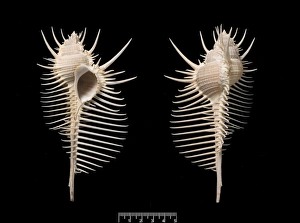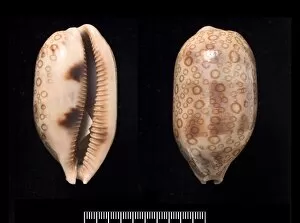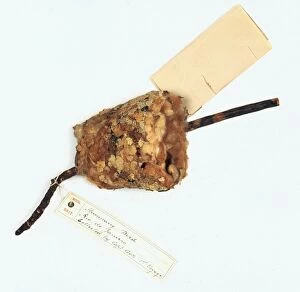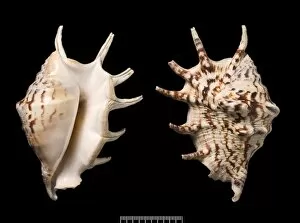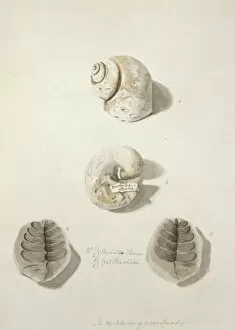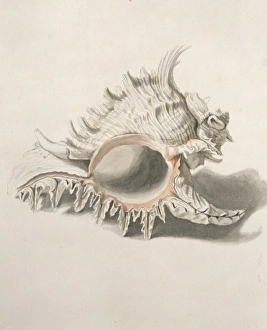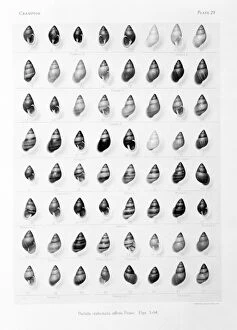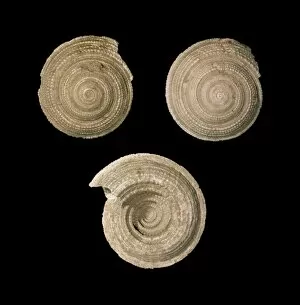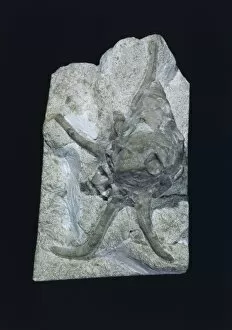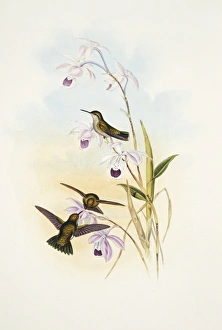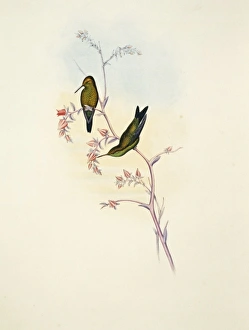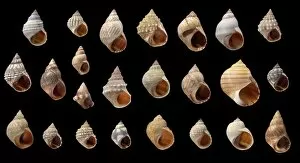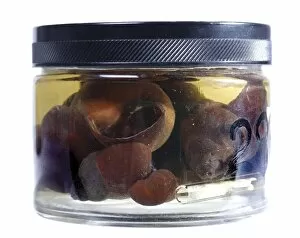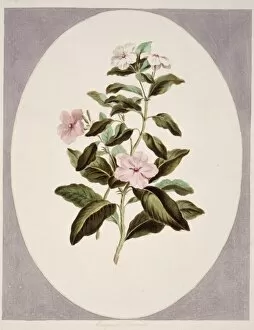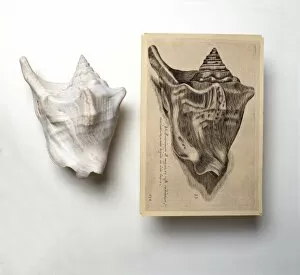Gastropoda Collection (page 6)
"Gastropoda: A Fascinating World of Marine Molluscs" Dive into the enchanting world of Gastropoda
All Professionally Made to Order for Quick Shipping
"Gastropoda: A Fascinating World of Marine Molluscs" Dive into the enchanting world of Gastropoda, a diverse class of marine molluscs that includes an array of captivating creatures. From the vibrant Nudibranchs like the Janolus cristatus found in Vela Luka, Croatia, to the mesmerizing violet snail known as Janthina violacea. Did you know that some gastropods possess unique adaptations? Take a closer look at their teeth; these tiny structures are surprisingly powerful and help them feed on various types of food sources. The Phyllidia marindica nudibranch discovered in Lembeh Strait, Indonesia showcases its intricate patterns and colors. Exploring further, we encounter newly described species such as Doto greenamyeri living symbiotically with feather hydroids. Witnessing nature's wonders doesn't stop there - observe female limpets like Lottia emydia releasing streams of eggs into Hokkaido's waters in Japan. The Fingerprint Flamingo Tongue (Cyphoma signatum) gracefully crawls over sponges off Little Tobago island in Trinidad and Tobago. Meanwhile, the Flinders Vase shell (Altivasum flindersi) reveals its intricate details up close. One cannot miss the striking blue sea slug called Glaucus atlanticus or the Blue dragon seaslug with its stunning appearance alongside a Blue button hydroid colony (Porpita porpita). These creatures showcase nature's artistic touch beneath ocean waves. Intriguingly, even pelagic gastropods like Cardiopoda placenta can be found roaming our oceans. Their presence adds to the rich biodiversity thriving within our marine ecosystems. A composite image featuring tropical nudibranchs from Indo-Pacific regions highlights their incredible variety and abundance. This image serves as a reminder of how delicate and precious our oceans are, urging us to protect and preserve these habitats for future generations.

